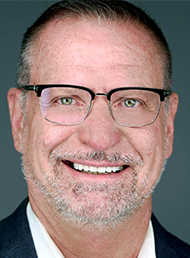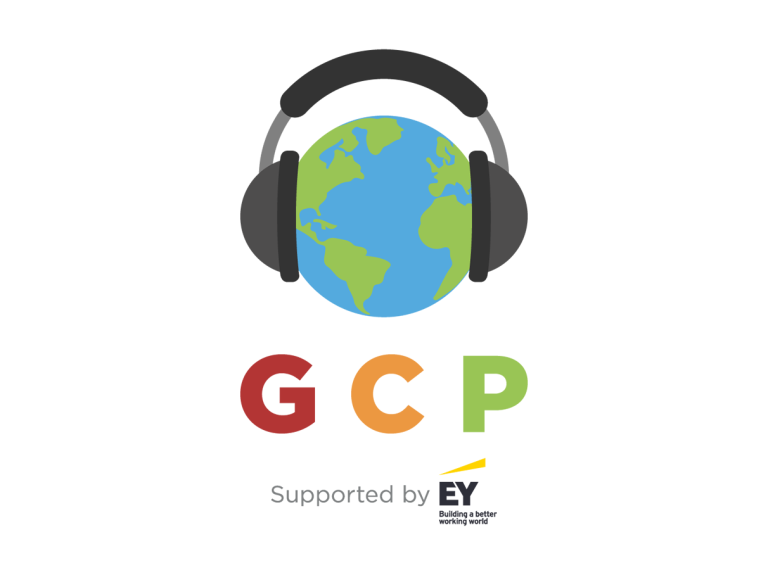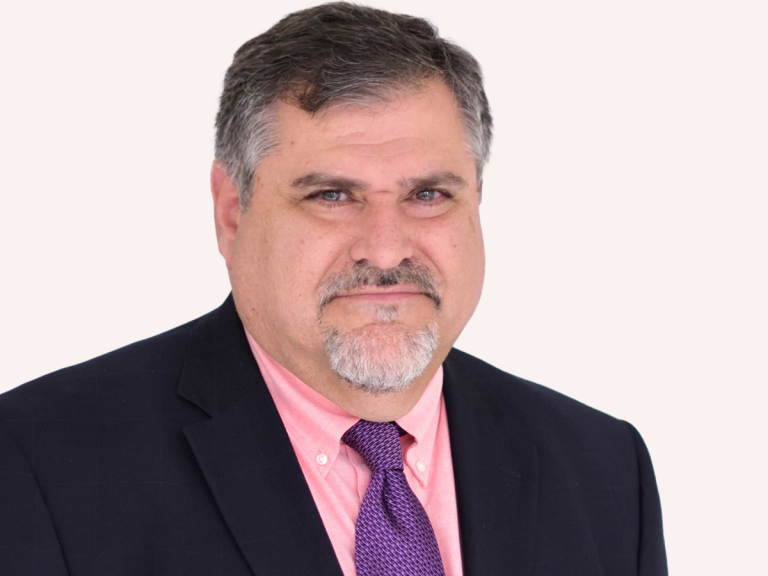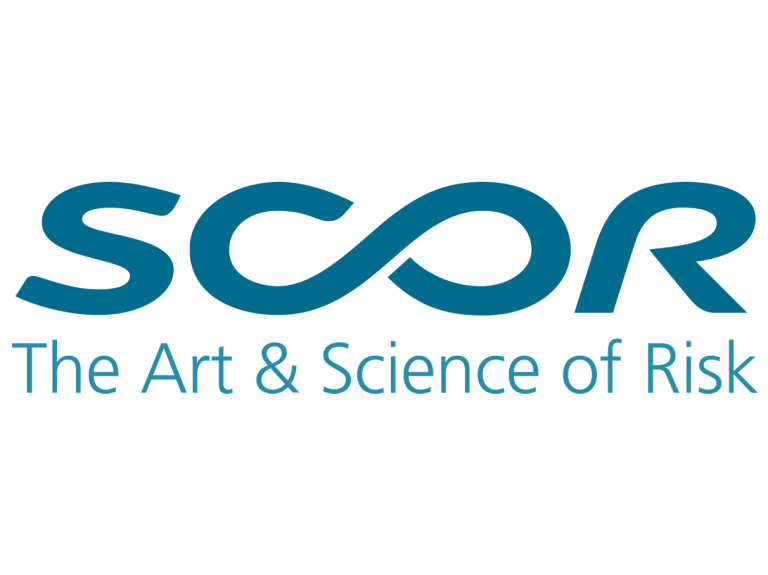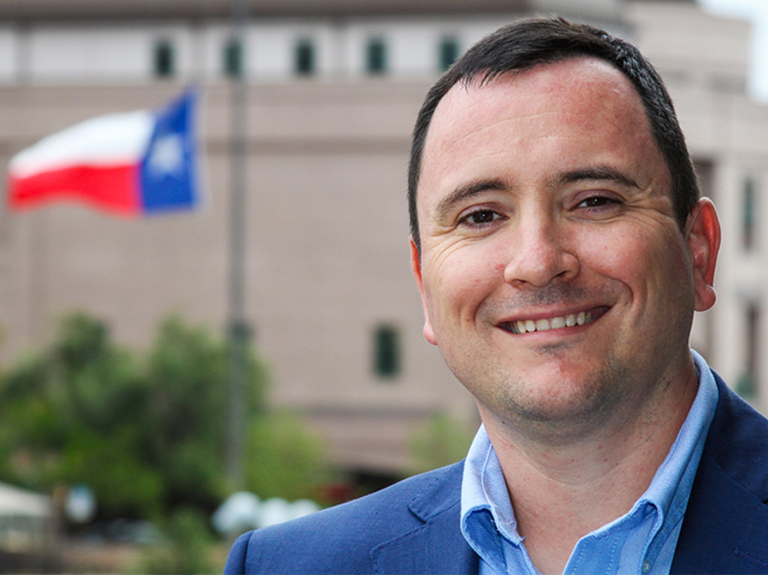The Texas Department of Insurance (TDI) has five pending applications for new captives, the State’s new captive specialist, Robert Rudnai, told Captive Intelligence.
The TDI re-hired Robert Rudnai as a captive specialist in October, where he is responsible for licensing and monitoring Texas-domiciled captives.
He previously worked at the TDI as a financial analyst, where he provided oversight to captives, and evaluated captive applications.
“Right now, we have five pending applications, and we recently met with several interested parties at the Texas Captive Insurance Association (TxCIA) annual meeting a couple weeks ago,” he said.
The appointment of Rudnai was the result of State lawmakers directing the TDI to employ a specialist to support captive insurance oversight after lobbying from the Texas Captive Insurance Association (TxCIA).
“It was primarily a push by the captive industry,” Rudnai told Captive Intelligence.
“As a state agency, we are restricted from advocating to the Legislature,” he said. “TDI viewed funding this position as clear direction from lawmakers and acted quickly.”
Rudnai believes his appointment should speed up the captive application process in Texas and hopefully make the State more attractive as a domicile option.
“Captives is all I do, and the only thing I deal with,” he said.
“If I have a new captive application, then I am available to look at it and process it a little bit quicker, but it all depends on the completeness of applications.”
Members of the Texas captive industry had previously expressed concern over the length of time it was taking to establish a captive in Texas compared to other domiciles.
“The issue in Texas right now is staffing,” Andrew Marson, managing director at Strategic Risk Solutions (SRS) and a TxCIA board member, told Captive Intelligence for our Texas long read published in January 2023.
Rudnai believes the TDI now has the capacity to get a captive application completed within 45 days, if provided with a complete application.
He also said he has familiarity with the larger captive managers and those based in Texas, which he believes will benefit the domicile.
“I’m somewhat of a known quantity to them, which hopefully should give them and their clients a little bit of belief, but it is up to them to take the first steps.”
Since his first stint at the TDI, he said there is more variety in the types of captives that the Department is seeing.
“There’s a lot more variety in the captive ownership, and more companies are starting to take advantage of this opportunity,” he said.
“We’ve seen premiums grow quite a bit over the 10 years or so, and I think folks are starting to take Texas seriously as a captive domicile.”



